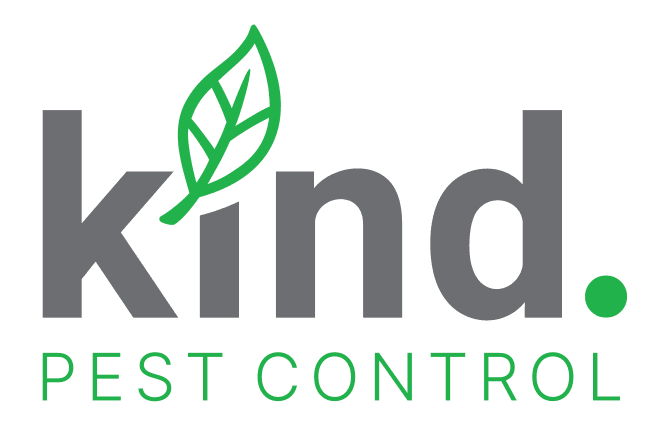House Flies
House Flies: More Than Just a Buzzing Annoyance
House flies, Musca domestica, are one of the most common insects humans encounter daily. Known for their persistent buzzing and tendency to land on food and surfaces, these flies are often dismissed as mere nuisances. However, their presence and behavior warrant a closer look due to their potential health impacts and the fascinating aspects of their biology.
Understanding House Flies
Appearance and Behavior
House flies typically measure about 1/4 inch in length and are gray in color. They have four dark stripes on their thorax and compound red eyes, which provide them with a wide field of vision. One of the most recognizable behaviors of house flies is their constant flying and landing, often seen buzzing around kitchen areas, waste bins, and animal enclosures.
Life Cycle and Habitat
The life cycle of a house fly is rapid and prolific. They can go from egg to adult in as little as a week under optimal conditions. Females lay batches of 75 to 100 eggs on decaying organic matter like garbage, manure, or compost. These eggs hatch into larvae, or maggots, which feed on the decaying matter before pupating and emerging as adults.
The Health Risks
House flies are more than just a nuisance; they are vectors for a wide range of diseases. Due to their feeding and breeding habits, they can pick up and transmit bacteria and viruses from decaying matter and feces to human food and surfaces. Diseases associated with house flies include food poisoning, diarrhea, cholera, and typhoid fever.
How They Transmit Diseases
The transmission typically occurs in two ways: through their vomit and feces, and through the tiny hairs on their bodies that can carry bacteria. When a house fly lands on your food, it may regurgitate digestive juices and then eat the dissolved food, potentially leaving behind disease-causing pathogens.
Prevention and Control
Controlling house flies involves a combination of sanitation and physical barriers:
- Sanitation: Keeping your environment clean is key. Regularly dispose of trash, cover food waste, and avoid leaving food uncovered.
- Exclusion: Use screens on windows and doors to prevent flies from entering your home.
- Traps and Insecticides: Fly traps, electric fly zappers, and insecticides can be effective in reducing fly populations.
Fascinating Facts
Despite their reputation, house flies have some fascinating aspects:
- Flight Ability: They can fly up to five miles, but they typically stay within a mile of where they were born.
- Vision: Their compound eyes allow them to see 360 degrees, making it hard to sneak up on them.
- Role in Nature: House flies play a crucial role in breaking down and recycling organic matter.
Conclusion
House flies are a common part of human environments, but their presence should not be taken lightly due to the potential health risks. Understanding their life cycle and habits can help in effectively managing and preventing infestations. While they can be a source of irritation, their role in the ecosystem is a reminder of the delicate balance of nature that surrounds us.
Are you experiencing house flies in your home? Give us a call and experience the Kind difference instead! We are currently providing pest control services in Raleigh, Wake Forest, Zebulon, Durham, Chapel Hill, Cary, Apex, and other surrounding areas in North Carolina.
919-981-9798

